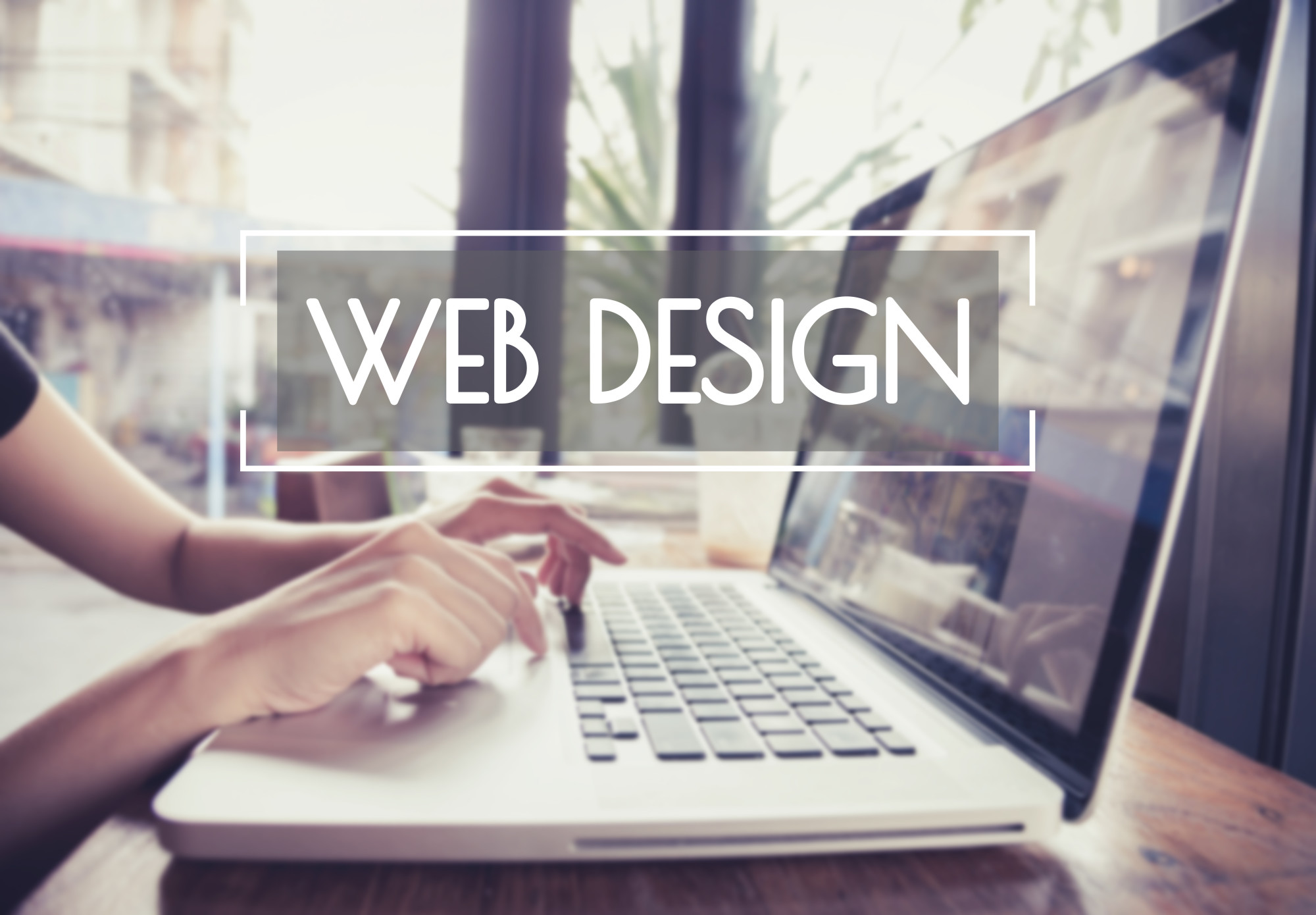
8 Elements of a Good Website Design Layout
These days, it’s easier than ever for almost anyone to create their own website in minutes—which is why experts estimate that there are around 1.5 billion active websites in 2021!
Of course, it’s safe to say that not all of these websites are visually appealing. After all, there’s more to an effective web design layout than slapping a few images and some pretty typography onto a page. In other words, if you’re hoping to stand out from the crowd—and to separate yourself from the kinds of sites with an amateur look and feel—it’s helpful to understand how to get your site to the next level.
Whether you’re a professional web designer brushing up on your skills or a DIY enthusiast trying to create an outstanding first website, here are a few key website design layout elements to consider.
Contents
1. Consider Your Purpose
Before you get too deep in the design process, consider your overall goals for each section of your site. Each page should be streamlined with one specific purpose in mind, whether this means having visitors read a blog post, make a purchase, or try out a free tool.
Working with a single goal allows you to connect with viewers with ease, tying together every website element according to one specific idea and making for a more thoughtful layout overall.
2. Include Essential Elements Only
The Paradox of Choice affects more of our lives than we’re conscious of—which is why less is often more when it comes to web design.
Even if you have it in your power to showcase every decorative design trick you have in your back pocket, it’s always better to include only the elements that make sense for your visitors. Again, remember to keep your goal in mind, removing any elements that don’t encourage movement toward the page’s goal.
Consider the journey you want your users to take when they visit your website. Your site’s navigation should make it easy for them to move through this journey with a logical progression, a fleshed-out site map, and no dead links or confusing pages. You may also want to consider a hidden hamburger menu navigation bar, which can help users get around with less visual distraction.
4. Add Thoughtful Visuals
Your site’s visuals affect the overall feel of the design, so make sure to consider your imagery with care.
Whenever possible, it helps to avoid using generic and uninspiring images: if you’re going to use a stock photo, be thoughtful about the choice, and crop and edit it as needed. Don’t forget that image quality is important, especially on larger screens!
5. Appropriate Colors
To maintain a cohesive and polished look, be intentional about your choice of colors. Limiting your color palette to one or two main colors and one or two secondary colors can help, though you’ll want to consider how much color contrast you’re looking for.
If you’re not sure where to start, it can help to study basic color theory for things like company logos. Different hues can prompt different emotional responses in your site visitors, and it’s worth taking advantage of this where you can.
6. Tie It Together With Cohesive Visual Hierarchy
With every new design element you add, it’s important to consider the visual hierarchy of your site’s layout.
In most Western countries, we scan design elements according to the “E format,” meaning that we start at the top left and move across the page to the right. From there, we glance at the next design element one line below and to the left. We continue this movement as we move down the page.
In other words, it helps to put the most important elements in the places the eye naturally glances at first. If you’re working to create your own design for the first time, starting with a DIY website can help with this: website builders place design elements where they make the most visual sense, which makes for less work on your part!
7. Don’t Be Afraid of Negative Space
Blank space may make you feel like you’re wasting a design opportunity, but it isn’t always a bad thing. In fact, negative space can be a great way to help key elements of your website stand out, and it also helps ensure that your site feels free of clutter and distractions. Proper use of negative space gives site visitors room to breathe, and you can add more or less of it as needed according to the aesthetic you’re going for.
8. Sprinkle In Calls-To-Action
Make your call-to-action clear and visible to your site’s visitors. Many experts advocate for placing a call-to-action toward the end of your content, but you may want to scatter them elsewhere as well, based on the layout you’ve set up. Good areas for visibility include the footer, the top right of the page, and a static banner on the bottom of the screen.
Try These Tips For The Ideal Website Design Layout
Creating the right website design layout doesn’t have to be a confusing chore—as long as you’re approaching the task in the right way. By starting with a single purpose in mind, you can work your way through the right choices for the other key design elements to create an aesthetic that draws people in. To connect with your visitors and provide a balanced and thoughtful user experience, be sure to take your time as you consider each element you include!
Looking for more of the marketing and tech tips you need to know? Be sure to check out our other blog posts for additional guides.


Comments are closed.